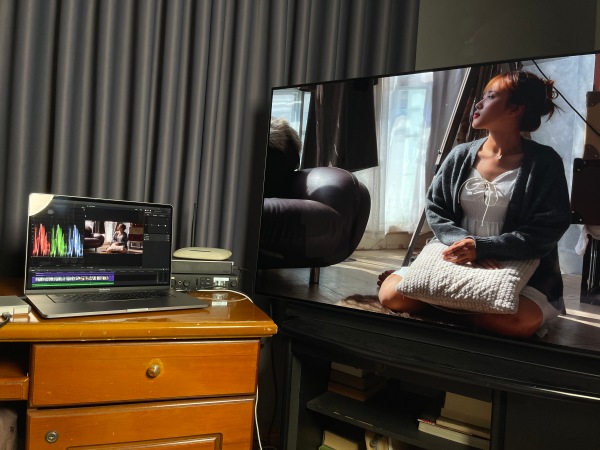If I want accurate colors from my a7s III, I shoot the X-Rite ColorChecker Passport Video, and in post, (1) I pull diffuse white down to 200 nits; (2) white balance using the white, grey and black chips, color curves and RGB overlay; (3) correct colors using the color chips, vectorscope and hue vs. hue;... Continue Reading →
Apple’s Been Listening!
It looks like we can expect to see significantly redesigned 14-inch and 16-inch MacBook Pros in the 2nd half of the year, with flat-edged top and bottom, slimmer bezels, mini-LED backlighting, HDMI port, SD card reader, physical keys rather than a touch bar and a return to the MagSafe power cable, along with other design... Continue Reading →
HDR: The Single Most Overlooked Aspect
There have been countless videos and articles explaining what high dynamic range is, with nearly all focusing on the technical aspects: acquisition requirements (e.g. frame rates, resolution, bit depth, color gamut, dynamic range and so forth), followed by reviews of consumer televisions (measurements of screen uniformity, peak brightness, color accuracy, etc.) and more recently, tests... Continue Reading →
HDR Reference White
The ITU-R BT.2408 document describes a reference (i.e. diffuse) white level for HDR content of 203 nits. It might seem logical therefore to render SDR content at 203 nits peak, by simply scaling the luminance. Recent research suggests that this approach does not preserve the ‘look’ and ‘creative intent’ of SDR content. In addition, despite... Continue Reading →
iPhone 12 Pro as a Consumer Reference Display (cont’d)
Part I: The iPhone 12 Pro Max as a Consumer Reference Monitor Part II: iPhone 12 Pro as a Consumer Reference Display (cont’d) Part III: iOS Devices as Client Reference Monitors Part IV: Consumer Displays: When Your Client is David Fincher A few years back, when a younger, more handsome Vincent Theo of HDTVTest declared in his review... Continue Reading →
HDR Grading Tips
My longest HDR video to date, it took Compressor a ridiculous 4-1/2 hours to create the HEVC 10-bit file and an additional 24 hours for YouTube to finish processing the HD version! I’ve received many requests to do an HDR grading tutorial on YouTube, but a screen recording with QuickTime would be in SDR with... Continue Reading →





